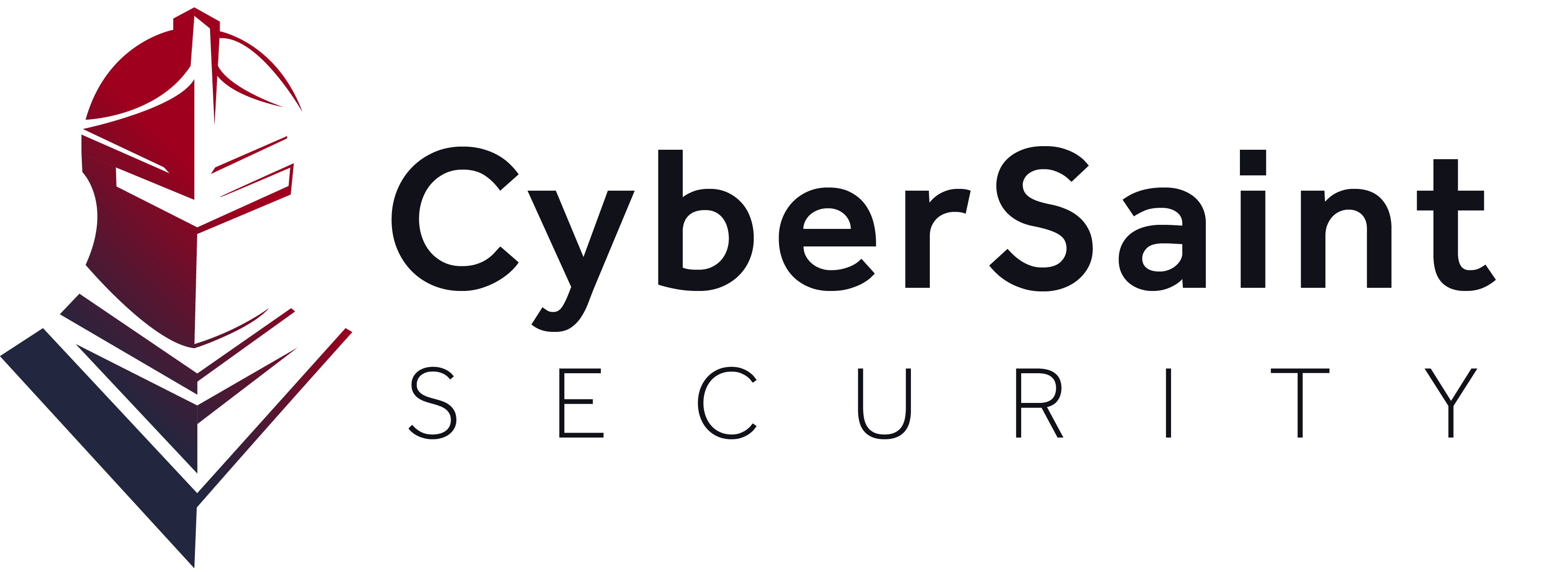Risk management is the new foundation for an information security program. Risk management, coupled with necessary compliance activities to support ongoing business operations, centers upon identifying and working to mitigate risks associated with a given organization.
As more enterprises embrace digital technology, the relative importance of risk over compliance has grown. Baseline compliance is necessary because of the growing variety of technologies organizations are adopting. Yet, compliance is only a basic step to ensuring that the organization is secure.
The Importance of Risk Assessments
Almost all risk management frameworks require consistent use of risk assessments. Risk assessments are the foundation for all risk management, whether NIST 800-30, FAIR, or even a three-by-three matrix.
Choosing a risk assessment methodology comes down to what makes the most sense for your organization. I recommend starting general and then tailoring it based on your findings. Once your organization has a baseline, determining the best framework or combination will become more evident. Remember, a risk assessment methodology should bring your organization closer to understanding the risk exposures specific to strategic or business goals. It is far too easy to get lost in a method. As a math professor once said to me, “Don’t mistake the model for reality.” The point is to leverage a model or methodology to understand reality better. Resource decisions and risk appetite are much easier to handle if metrics are defensible and easy to understand.
Risk Management Frameworks
The primary risk management mode in integrated GRC activities is a risk management framework.
Begin by selecting a framework and conducting risk assessments. From that point, you can evaluate how to address specific risks and which risk remediation strategies to prioritize.
An integrated GRC framework will most likely use risk management as the foundation. Assessing risk and compliance in tandem sheds light on your organization's compliance stance while illuminating risk remediation priorities.
Translating Cyber Risk to Stakeholders
Arguably, the essential aspect of risk management is leveraging information to improve the organization's resiliency. For many business-side leaders, cyber risk is unknown. Yet, in today’s digital world, CEOs and Boards must have the ability to integrate cyber risk into the overall enterprise risk profile. Risk quantification is critical for leadership’s understanding.
To bridge this gap, security leaders examine various risk quantification methodologies. The goal is to match the proper method to specific business and reporting requirements and to provide the most value. Based on how senior management typically sees risk - business, operational, strategic - will determine the optimal risk quantification method and will help roll cyber risk into this mix
Risk Data Visualization
Finally, using an integrated view of risk helps both the remediation and communication with business leaders. Using the right mix of cyber risk quantification methods contextualizes risk metrics to help technical leaders prioritize remediation activities. Risk quantification techniques also help convey the risk profile to non-technical stakeholders in a credible manner.
The Foundation To a Forward-Looking Cyber Program
While traditional GRC practices are guided by checkbox compliance activities, integrating governance, risk, and compliance activities requires these activities in tandem. Customizing a cyber risk management program for the enterprise - rather than general compliance standards - is critical. Structuring goals around a deeper understanding of enterprise risk enables an organization to prioritize specific risks and threats to business continuity and convey information to management.
Contact us to learn more about how CyberStrong can help you implement an integrated approach to risk management.











